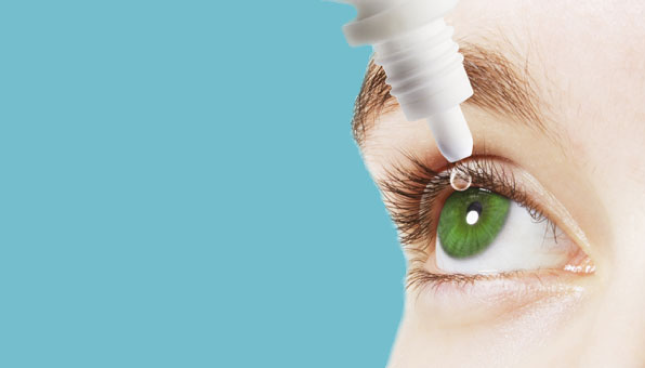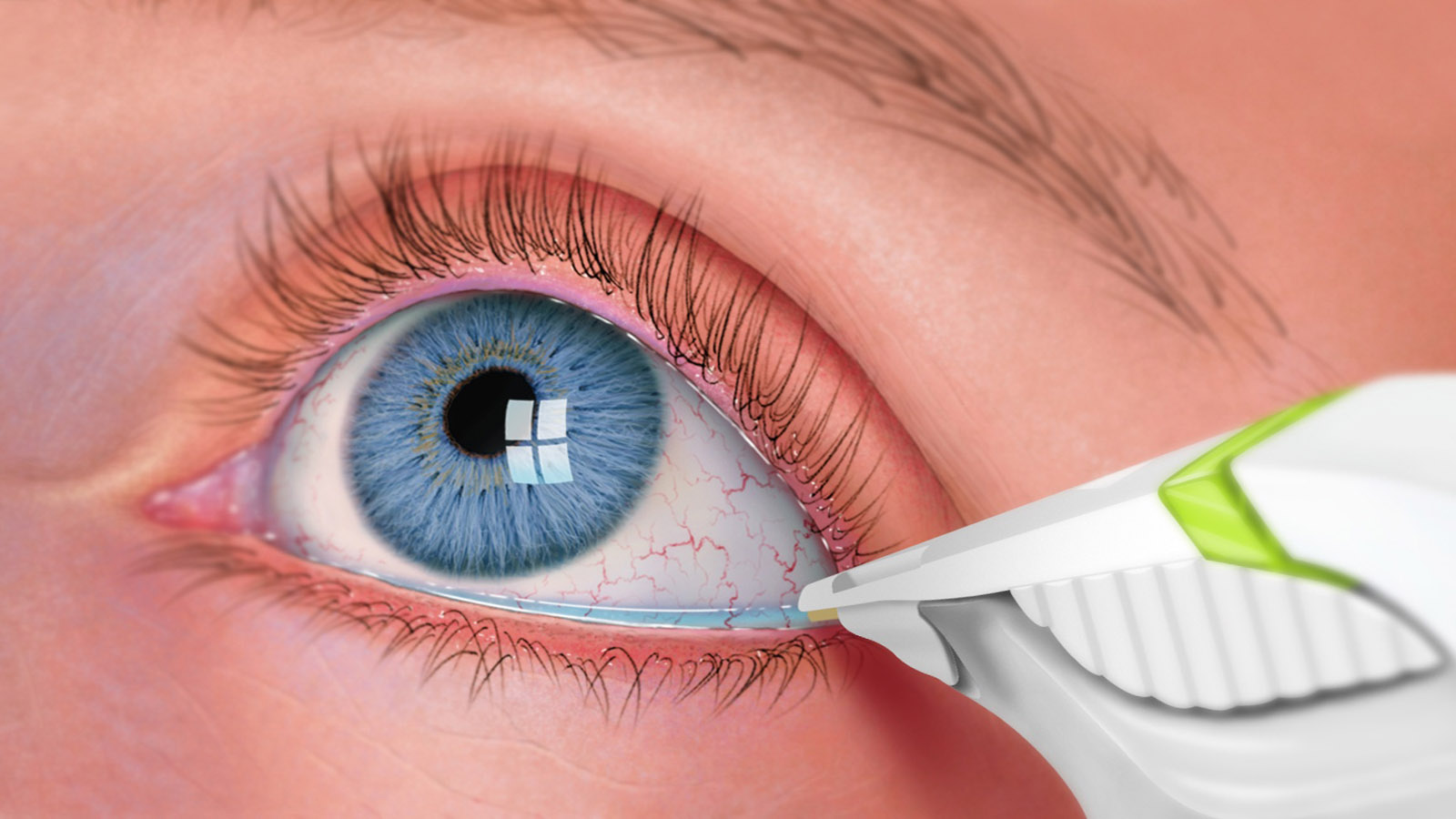Andalusia Pediatrics Clinics: Dedicated Care for Your Child's Health
Andalusia Pediatrics Clinics: Dedicated Care for Your Child's Health
Blog Article
The Complete Breakdown of Retina Disorders and How They Influence Your Vision
Retina conditions can interrupt this delicate process, leading to a range of vision disabilities. By exploring the composition of the retina, common conditions that can affect it, their reasons, symptoms, and readily available treatment alternatives, we can acquire beneficial understandings right into protecting and safeguarding our vision.
Review of Retina Makeup
The complex framework of the retina serves as the foundation for aesthetic perception and plays a critical function in the process of transforming light right into neural signals for the brain to analyze. Found at the rear of the eye, the retina contains a number of layers that collaborate effortlessly to facilitate vision. At the core of this complicated framework are photoreceptor cells called cones and rods. Rods are liable for vision in reduced light conditions and finding motion, while cones are crucial for shade vision and detailed aesthetic acuity. These photoreceptor cells convert light power into electric signals that are after that refined by various other retinal cells, such as bipolar cells and ganglion cells. The bipolar cells send signals from the photoreceptors to the ganglion cells, which in turn send out these signals via the optic nerve to the brain for aesthetic handling. Understanding the elaborate composition of the retina is essential in understanding exactly how vision features and just how various retina disorders can impact visual understanding.

Typical Retina Disorders
Retina conditions include a series of conditions that affect the complex structure of the eye in charge of visual processing. One common disorder is age-related macular degeneration (AMD), a leading reason for vision loss in people over 50. AMD impacts the macula, a component of the retina vital for sharp main vision, resulting in blurriness or blind areas in the main visual field.
One more widespread problem is diabetic person retinopathy, happening in people with diabetic issues. High blood sugar level degrees damage the blood vessels in the retina, leading to vision impairment or loss of sight if left unattended. Retinal detachment is a severe problem where the retina draws away from its regular setting, creating a sudden onset of drifters, flashes of light, or loss of vision in a curtain-like pattern.
Last but not least, retinitis pigmentosa is a group of congenital diseases that create the malfunction and loss of cells in the retina, resulting in night loss of sight and a progressive narrowing of the aesthetic area - neurologist Andalusia. Recognizing these typical retina problems is essential in preserving vision and looking for prompt clinical treatment
Reasons of Retina Disorders
Various elements add to the advancement of retina disorders, consisting of hereditary tendencies, lifestyle selections, and underlying wellness conditions. Hereditary tendencies play a considerable duty in lots of retina conditions, such as retinitis pigmentosa and macular deterioration. Individuals with a household history of these conditions are at a higher risk of creating them as a result of inherited hereditary mutations affecting the retina's feature.
Way of life choices can additionally impact retina health and wellness. Smoking, for example, has been connected to a raised threat of age-related macular degeneration, a common retina condition that can lead to vision loss. Poor nutritional habits lacking crucial nutrients like vitamins A, C, and E, as well as omega-3 fatty acids, can likewise add to the development of retina disorders.
Hidden health conditions, such as diabetic issues and hypertension, are understood to influence the retina. Diabetic retinopathy, a difficulty of diabetic issues, can create damage to the capillary in the retina, resulting in vision problems. Similarly, hypertension can cause hypertensive retinopathy, where hypertension influences the blood vessels in the retina, possibly causing vision troubles. Comprehending these causes is vital in preventing and taking care of retina disorders.
Symptoms and Diagnosis
Provided the substantial effect that triggers such as genetic proneness, lifestyle selections, and underlying health conditions can have on the advancement of retina conditions, it is important to recognize the symptoms and use effective analysis methods for early detection and administration. Signs of retina problems can differ depending upon the certain problem but may include obscured or misshaped vision, the abrupt look of advances or flashes of light, a dark place in the center of your vision, or a progressive loss of central vision. It is essential to look for prompt clinical attention. if you experience any of these symptoms.
Early discovery via regular eye exams is vital to preventing vision loss and handling retina conditions properly. If diagnosed with a retina problem, your health care supplier will work with you to establish a tailored therapy strategy to maintain your vision.

Treatment Options and Monitoring
Effective monitoring of retina conditions includes a diverse method that integrates customized treatment alternatives to resolve specific problems and maintain visual feature. Therapy choices for retina problems differ depending upon andalusia pediatrics the underlying reason and intensity of the condition. In cases of retinal detachment, surgical treatments such as vitrectomy or scleral buckling might be required to prevent and reattach the retina vision loss. For conditions like age-related macular degeneration (AMD), therapies like anti-VEGF shots or laser therapy can help reduce condition progression and maintain remaining vision.
In diabetic retinopathy, handling blood glucose degrees is essential to avoid further damage to the capillary in the retina. In addition, therapies like laser surgical procedure or injections may be advised to reduce swelling and protect against vision loss. Normal eye exams and early discovery of retina problems are crucial for effective management and therapy outcomes. People with retina problems need to work closely with their ophthalmologist to develop a personalized treatment plan that resolves their certain requirements and helps preserve optimal visual function.
Final Thought
Finally, recognizing the anatomy of the retina, usual conditions, learn the facts here now creates, symptoms, diagnosis, and therapy options is critical in managing vision impairments. Retina conditions can dramatically influence vision and lifestyle, making early detection and appropriate administration necessary. By staying educated concerning these problems and looking for appropriate treatment, individuals can better maintain their vision and keep total eye wellness.

Comprehending the intricate makeup of the retina is fundamental in understanding just how vision functions and just how numerous retina conditions can influence aesthetic understanding.
Retinal detachment is a serious condition where the retina pulls away from its normal placement, causing a sudden onset of drifters, flashes of light, or loss of vision in a curtain-like pattern.
Signs of retina problems can vary depending webpage on the particular problem however might consist of blurred or misshaped vision, the abrupt appearance of floaters or flashes of light, a dark place in the facility of your vision, or a steady loss of central vision.In conclusion, comprehending the makeup of the retina, typical disorders, causes, signs, medical diagnosis, and treatment alternatives is essential in handling vision problems.
Report this page